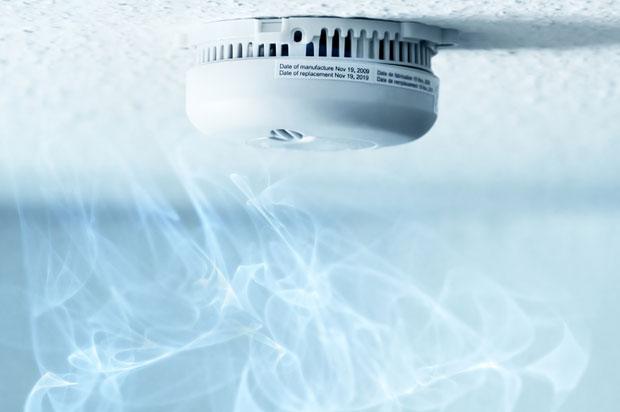Emergency first aid
There has been an accident and someone is injured. You're first on the scene, but what should you do? Here's The Mix's guide to emergency first aid.

If you're caring for someone, make sure you know what to do in an emergency
Check your surroundings
At the scene of any accident, your first thought should always be safety, both for yourself and the victim. There is already one casualty, don’t make yourself another. Firstly look around and survey the scene – is it safe? Look for any potential hazards; these could be anything that puts either of you at risk, from falling objects and running engines to oncoming traffic. Only when you’re sure it’s safe should you take action and commence first aid.
Once safety has been assured at the scene of an accident, having a well-equipped first aid box readily accessible becomes paramount. The importance of a properly stocked first aid kit cannot be overstated, as it enables you to provide timely assistance without compromising your safety or that of the victim. As you assess the situation, ensure that your first aid box is easily reachable, containing essentials such as bandages, antiseptic wipes, and other medical supplies. To explore a variety of durable and efficient first aid cases to keep your supplies organized and easily accessible, you can visit the fieldtexcases.com website. A reliable first aid case not only contributes to a swift and organized response but also ensures that you are well-equipped to address unforeseen challenges at the scene of an accident.
First steps
Turn your attention to the accident victim. Before anything else it’s vital you find out if they are conscious:
- Speaking loudly and clearly, ask the casualty if they can hear you, and to explain what has happened;
- If they don’t answer, ask them to open their eyes. This helps identify those people who are alert but may be unable to talk;
- If there is no response, very gently shake the person’s shoulders, and look carefully for any signs of life;
- If the patient is unconscious, shout for help or ask a bystander to call 999.
While you wait for help to arrive, it’s up to you to keep the person alive. It’s now time to check the golden ‘ABC’ of first aid – ‘Airway’, ‘Breathing’ and ‘Circulation’.
‘A’ is for Airway
A blocked airway can quickly lead to suffocation, and possibly death. After any accident there could be a foreign object in their mouth, or the victim may swallow their tongue. Check inside their mouth, and remove anything that shouldn’t be there. Place one hand on their forehead, and gently tilt the head back, whilst lifting the chin up with the tips of two fingers on your other hand – this reduces the risk of them swallowing their tongue.
‘B’ is for Breathing
Even with an open airway, the victim may have stopped breathing. Check for breathing by placing your head over the victim’s face so your cheek hovers above their mouth and your eyes look down at their chest – is it moving up and down taking breaths? Feel for any breaths against your cheeks, and listen for any breath sounds.
What you do next depends on whether they’re breathing or not.
If the victim is not breathing, you need to give them two rescue breaths:
- Pinch the person’s nose, take a deep breath and seal your lips around their mouth. Blow into their mouth, and look to make sure their chest rises and falls;
- Now check their pulse. If there is no pulse, you should commence CPR (cardiopulmonary resuscitation). If they have a pulse, give regular rescue breaths, one every five seconds, checking the pulse every minute.
If the victim is breathing, as long as you feel there are no other serious injuries (particularly to the head or neck), you should place them in the recovery position:
- Roll the victim onto their side.
- Lift their chin forward to maintain an open airway, then place their hand underneath their cheek.
In this position they should not be able to roll forwards or backwards. Keep an eye on their breathing and pulse until help arrives.
‘C’ is for Circulation
CPR should only be performed by a qualified first aider. The aim is to breathe for the victim, whilst pumping blood around their body to keep them alive. CPR and rescue breathing techniques are performed differently in adults, infants and children, and guidelines change frequently. In an adult:
- Place the heel of one hand in the centre of the chest. Position your other hand on top, and lock the fingers of both hands.
- Keeping your arms straight, press down about 5cm. This is one chest compression.
- You should perform 30 chest compressions at a rate of 100 a minute, trying to pump blood around the body.
- Following this, give two rescue breaths. This cycle of 30 compressions and two breaths should be repeated until help arrives.
Picture of first aid bag by Shutterstock.
Next Steps
- Mind offers advice and support to people with mental health problems. Their helpline runs nine to six from Monday to Friday. 0300 123 3393
- Chat about this subject on our Discussion Boards.
By Alex Jewkes
Updated on 29-Sep-2015
No featured article










